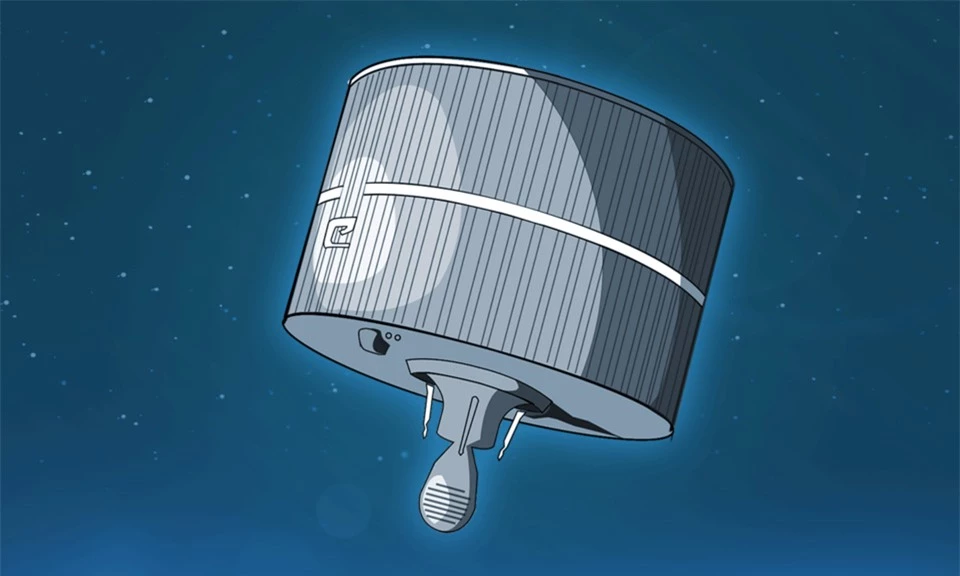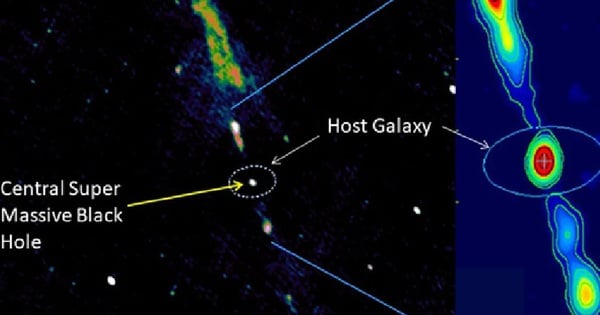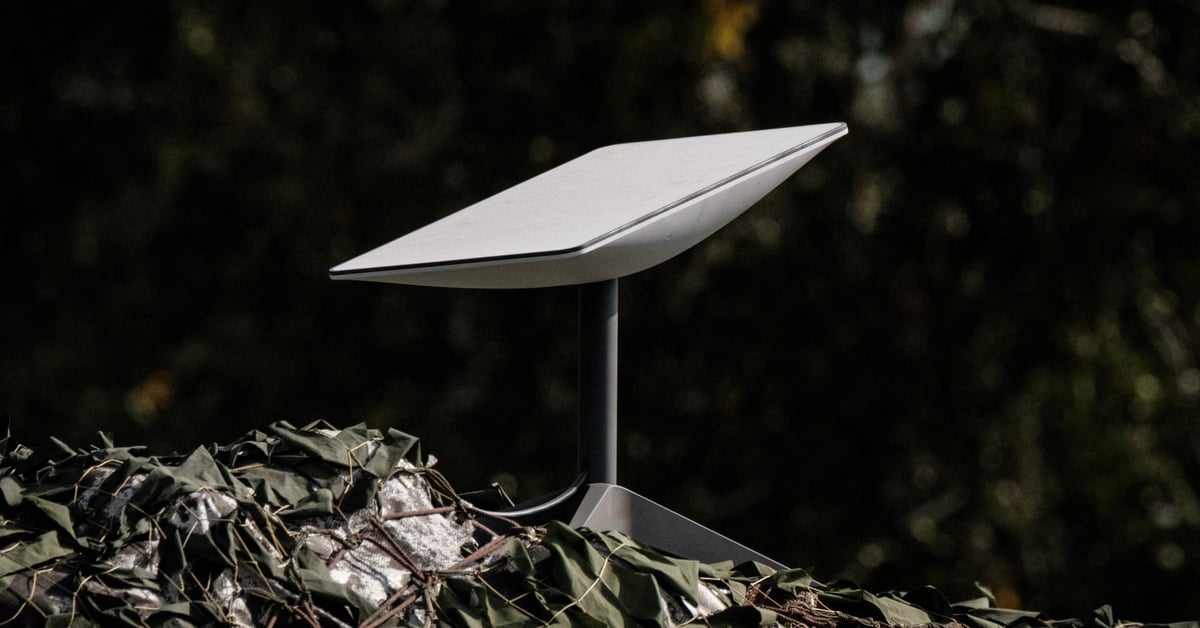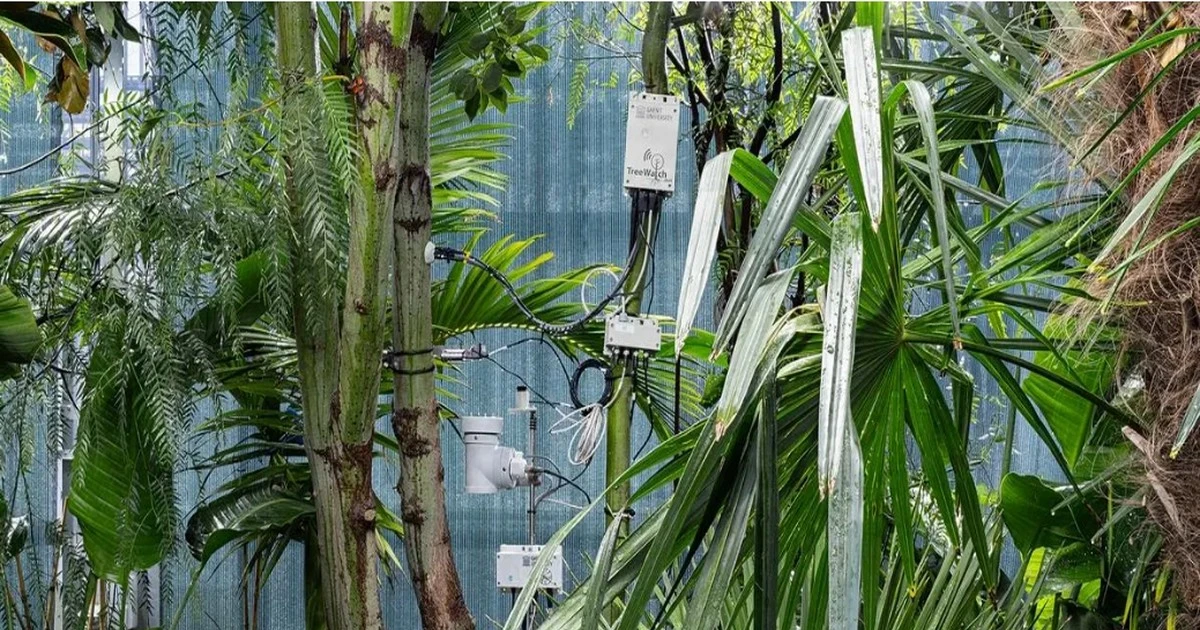Skynet-1A, a British satellite launched in 1969 and now defunct, was confusing because it was not in the right place for Earth's gravity to pull it down.
Skynet-1A was once a vital part of the British telecommunications network. The 0.5-ton cylindrical satellite was launched over eastern Africa, operating in geostationary orbit and supporting military communications. After the satellite was decommissioned, gravity was supposed to pull it eastward toward the Indian Ocean. However, experts found the satellite flying over the Americas at an altitude of 36,000 km.

Skynet-1A’s current position is not the result of passive drift. According to the BBC, it is possible that the satellite received a command to activate its thrusters in the mid-1970s to move west. The mystery is that it is unclear who gave this command and why.
"The satellite is currently in a 'gravity well' at 105 degrees west longitude, moving back and forth like a marble rolling across the bottom of a bowl. Unfortunately this brings it frequently into close proximity with other satellites," said Dr Stuart Eves, a space consultant.
Despite extensive research, Eves could find no information about the final days of Skynet-1A. The satellite was of American origin, built by the now-defunct aerospace company Philco Ford, and launched into space by a US Air Force Delta rocket in 1969. At the time, it was a turning point for British telecommunications, allowing secure military communications to places as far away as Singapore.
Initially, the US controlled Skynet-1A, testing the British software, then transferred control to the Royal Air Force (RAF). Some official documents show that operational control was transferred to the US in June 1977.
Skynet-1A was supposed to be moved to an orbital graveyard, where older satellites pose no risk of collision. However, it is now on a collision course with active satellites, highlighting the dangers of space junk. The European Space Agency (ESA) estimates that there are 130 million pieces of space junk measuring 1 mm to 1 cm, more than 1,100,000 pieces measuring 1 to 10 cm, and 40,500 pieces larger than 10 cm in space around Earth.
The UK Ministry of Defence is closely monitoring Skynet-1A. Other satellite operators have also been warned of possible close encounters. However, the UK may need to consider proactively moving the satellite to a safer orbit to reduce the risk of collision.
According to Intellectual Property
Source: https://doanhnghiepvn.vn/cong-nghe/ve-tinh-lau-doi-nhat-cua-anh-dich-chuyen-bi-an/20241119100414438





![[Photo] Looking back at the impressive moments of the Vietnamese rescue team in Myanmar](https://vstatic.vietnam.vn/vietnam/resource/IMAGE/2025/4/11/5623ca902a934e19b604c718265249d0)

![[Photo] "Beauties" participate in the parade rehearsal at Bien Hoa airport](https://vstatic.vietnam.vn/vietnam/resource/IMAGE/2025/4/11/155502af3384431e918de0e2e585d13a)























![[Photo] Summary of parade practice in preparation for the April 30th celebration](https://vstatic.vietnam.vn/vietnam/resource/IMAGE/2025/4/11/78cfee0f2cc045b387ff1a4362b5950f)




























































Comment (0)